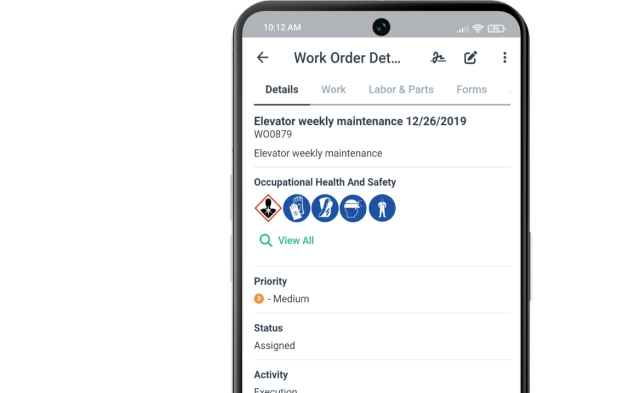Get a Free WorkTrek Demo
Let's show you how WorkTrek can help you optimize your maintenance operation.
Try for freeIn today’s competitive business landscape, organizations must optimize every aspect of their operations to remain profitable and efficient.
Two critical disciplines that are often confused are asset management and maintenance management.
At times, these terms are frequently used interchangeably; they represent distinct approaches to managing an organization’s physical assets.
It is important to understand the key differences between asset management and maintenance management if you are a facillity manager.
This blog article explains the differences.
Key Takeaways
- Asset management focuses on strategic, long-term value creation across the entire asset lifecycle, while maintenance management concentrates on tactical, day-to-day operations
- Integration is essential for success – organizations achieve the best results when they combine strategic asset management planning with effective maintenance management execution
- Modern CMMS solutions like WorkTrek bridge the gap between asset management and maintenance management by providing comprehensive data, analytics, and automation capabilities
What is Asset Management?
Asset management is a comprehensive approach to overseeing an organization’s physical assets throughout their entire useful life.
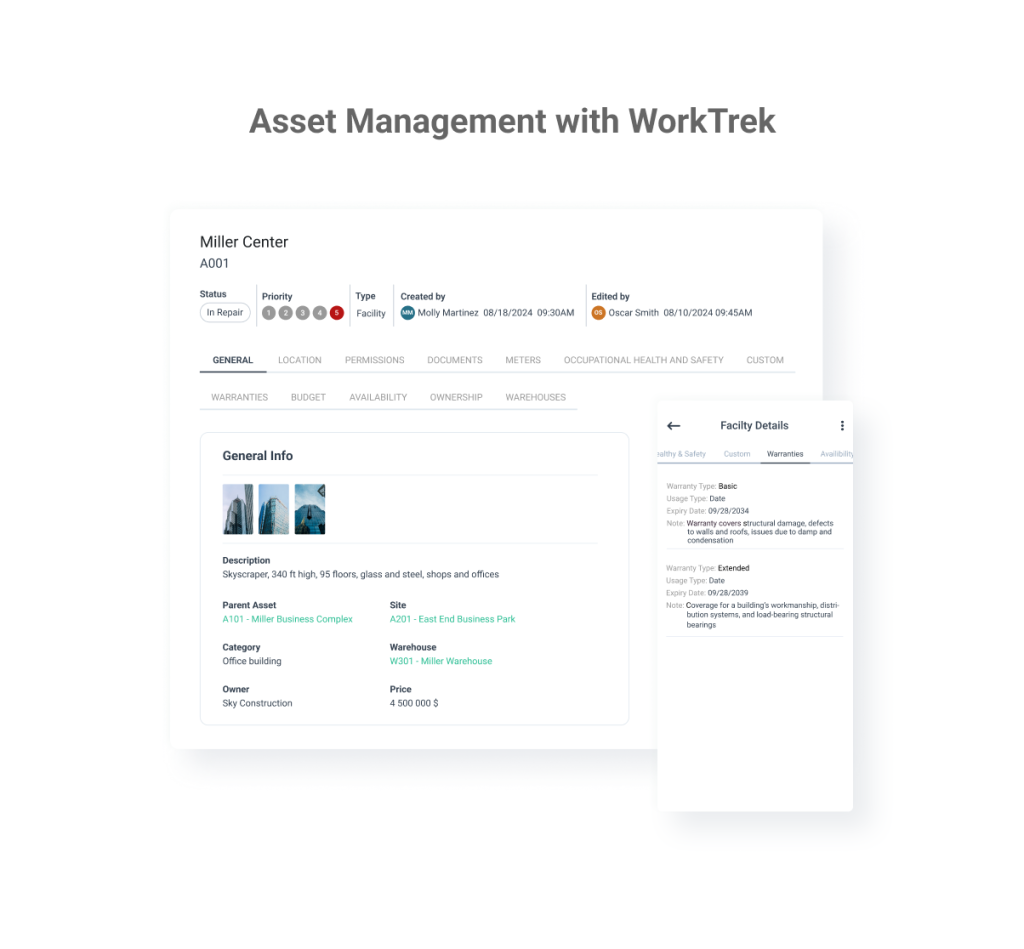
The focus is on maximizing value while managing investment risks and operational costs.
One benefit is that asset management helps organizations make informed decisions about when to acquire, maintain, upgrade, or dispose of assets.
This is mainly based on their contribution to organizational objectives.
Essentially, asset management is about getting the best value from a company’s assets by aligning asset-related decisions with business goals.
For asset managers, this means that they should take a holistic approach that considers not just the immediate maintenance needs but the entire asset lifecycle management process.
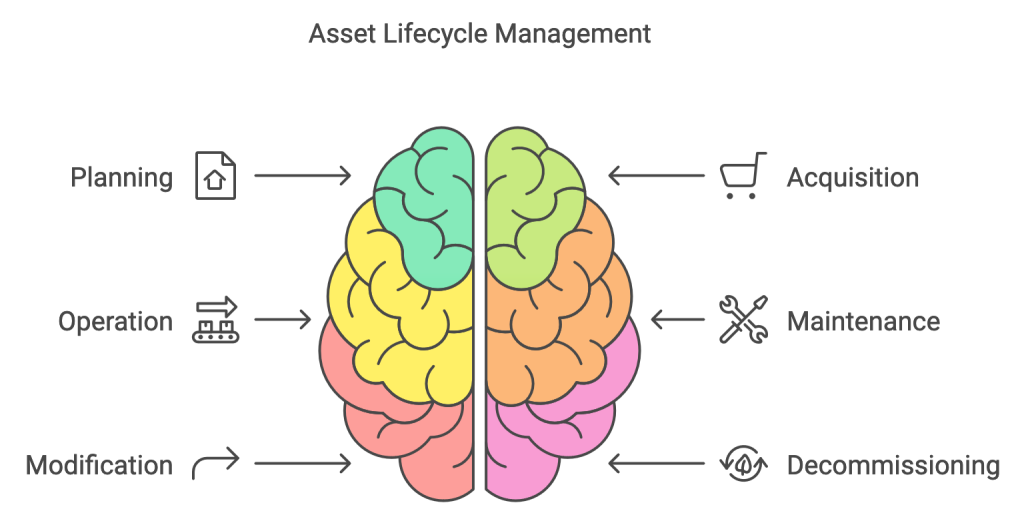
Part of this includes everything from initial procurement and installation to eventual disposal or replacement.
Asset management process also includes analyzing market shares, regulatory standards, and long-term business objectives to develop comprehensive strategies.
Specialized systems provide the data and analytics needed to make these strategic decisions, enabling organizations to optimize their asset portfolio for maximum efficiency and profitability.
Pillars of Asset Management
There are several pillars of asset management:
Strategic Planning:
Asset managers develop long-term strategies that align with the organization’s objectives, considering factors like market conditions, regulatory requirements, and technological advances.
Lifecycle Optimization:
Rather than focusing solely on day-to-day operations, asset management examines the entire asset life to determine the most cost-effective approach to ownership.
Risk Management:
Asset management identifies and mitigates risks associated with asset ownership, including operational, financial, and regulatory risks.
Performance Measurement:
Asset management systems track key performance indicators to ensure assets are delivering expected value and contributing to organizational success.
Exploring Maintenance Management
Maintenance management, on the other hand, represents a more focused approach centered on keeping assets operational and performing at optimal levels.
The process involves planning, scheduling, and executing maintenance activities to ensure asset reliability and uptime.
The goal of the maintenance manager is to concentrate on the tactical aspects of asset care, developing maintenance strategies that balance costs with performance requirements.
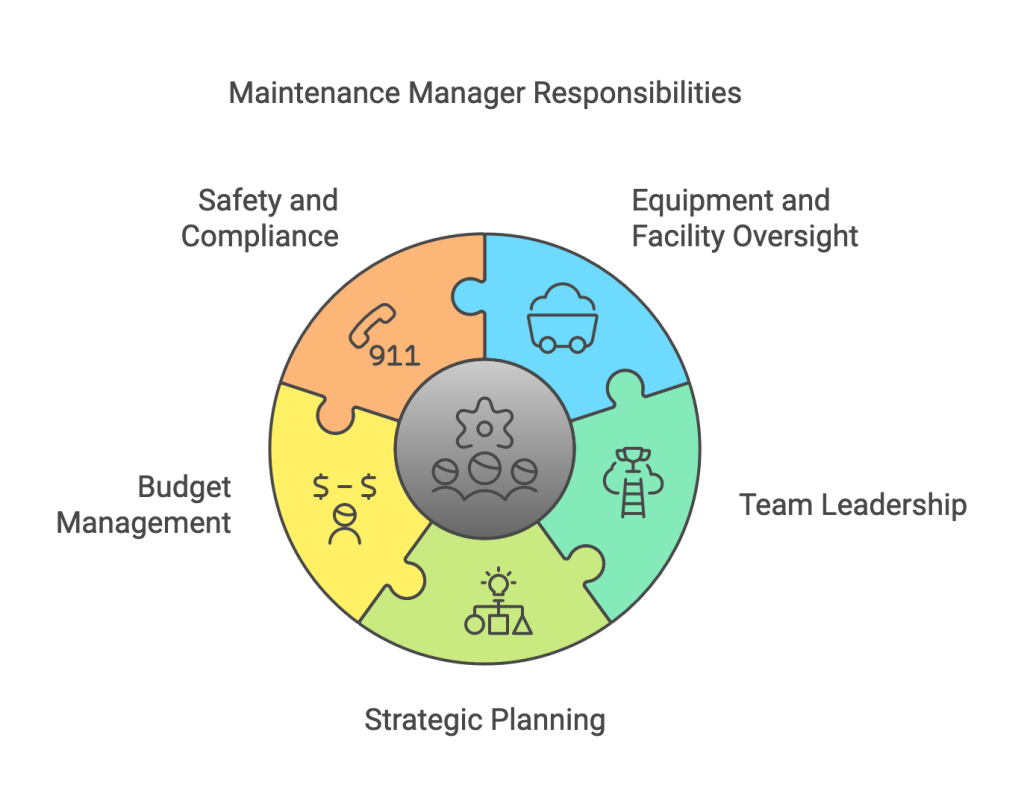
This can include implementing predictive maintenance programs, scheduling preventive maintenance activities, and managing reactive maintenance in response to equipment failures.
There are several components associated with the maintenance management process:
Work Planning and Scheduling:
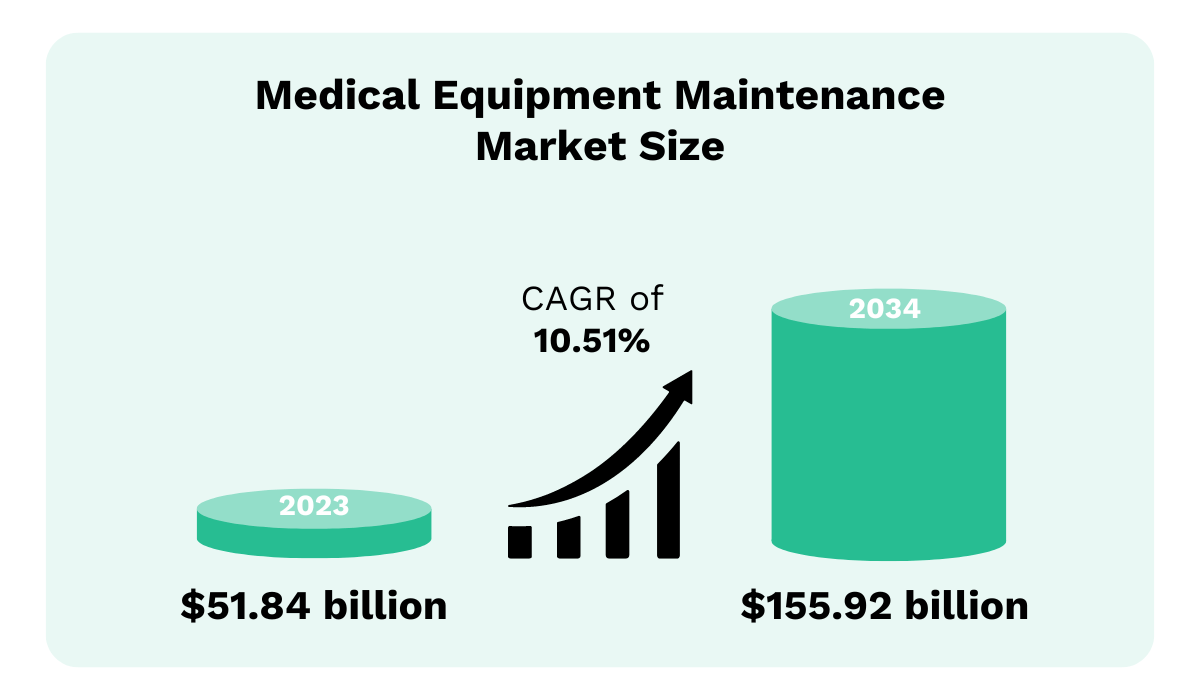
Maintenance managers coordinate maintenance activities to minimize disruption to operations while ensuring all necessary work is completed efficiently.
Resource Management:
Involves managing maintenance staff, spare parts inventory, and maintenance equipment to ensure resources are available when needed.
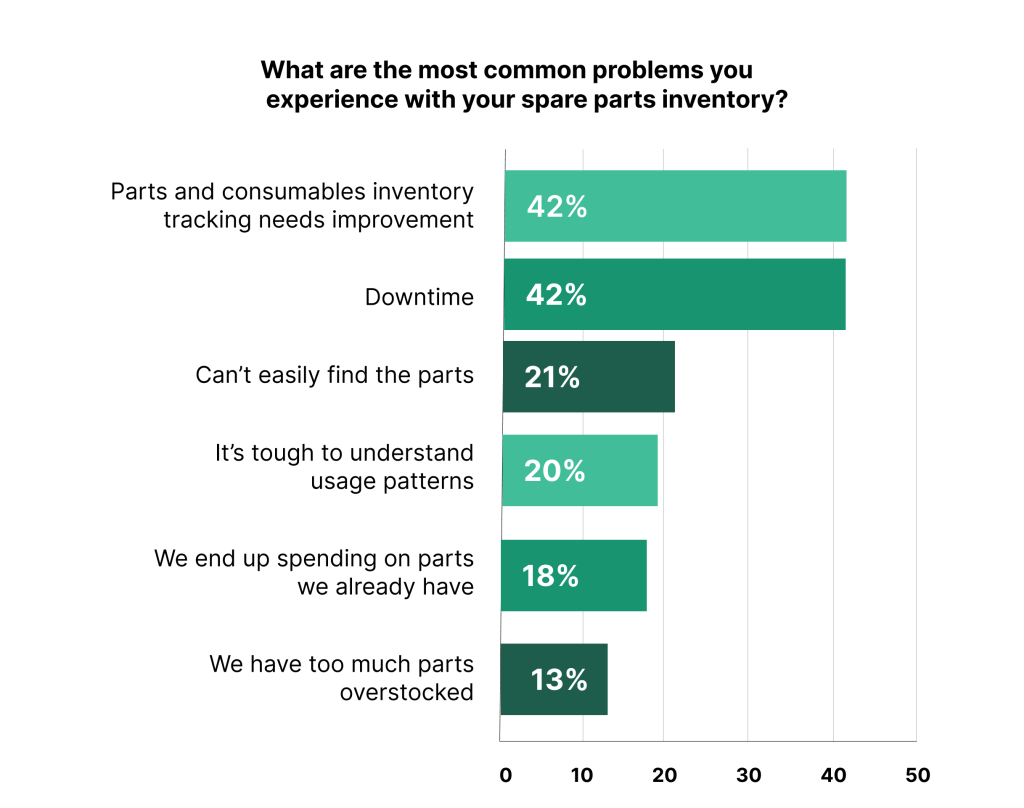
Maintenance Strategy Development:
Different assets require different maintenance approaches, from reactive maintenance for non-critical equipment to preventive maintenance, or predictive maintenance for high-value industrial assets.
Performance Monitoring:
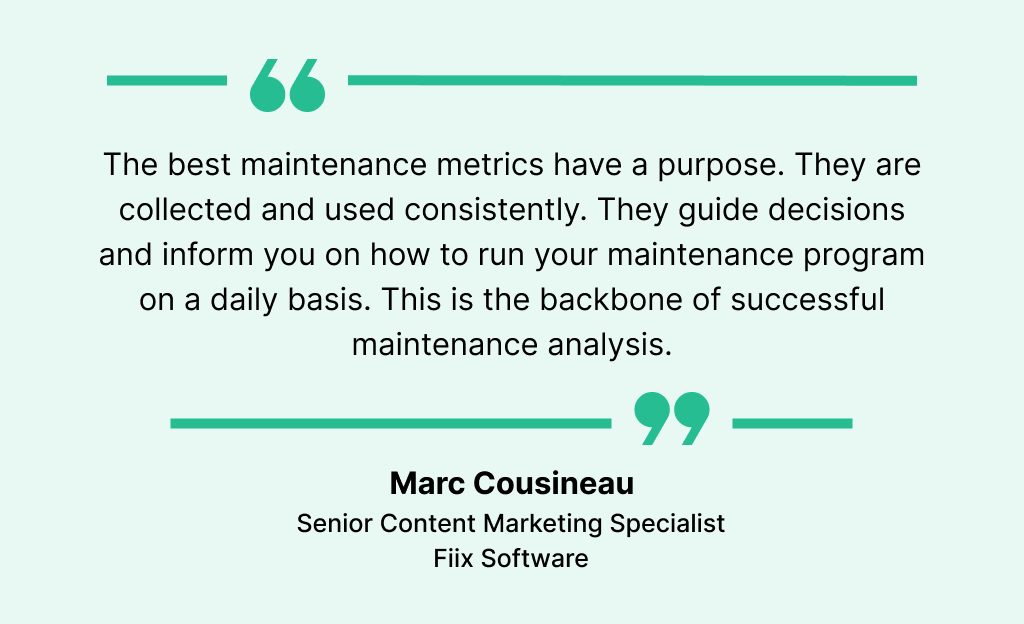
Maintenance management software tracks equipment performance, maintenance history, and costs to identify opportunities for improvement.
Key Differences Between Asset Management and Maintenance Management
So at this point, you might be asking what the key differences are between assessment management and maintenance management?
While asset management and maintenance management work together to optimize asset performance, they differ in several important ways:
Scope and Perspective
Asset management focuses on entire asset lifecycle, from acquisition to disposal. It examines how individual assets and specific assets contribute to broader business objectives and makes strategic decisions accordingly.
Its primary focus is on the operational phase of asset life, concentrating on keeping equipment running efficiently.
Time Horizon
Asset management operates with a long-term perspective, making decisions that may span decades.
Asset managers consider factors like technological obsolescence, changing market conditions, and evolving business needs.
Maintenance management on the other hand typically works with shorter time horizons, focusing on immediate operational needs and near-term maintenance requirements.
Decision-Making Authority
Asset managers often have authority over major capital decisions, including asset acquisition, major upgrades, and disposal.
They work closely with senior leadership to align asset strategies with business goals.
Conversely, maintenance managers typically focus on operational decisions within existing asset portfolios. Their intended goal is to optimize maintenance processes and manage day-to-day asset care.
Performance Metrics
Asset management measures success through metrics like return on investment (ROI), asset utilization rates, and lifecycle costs.
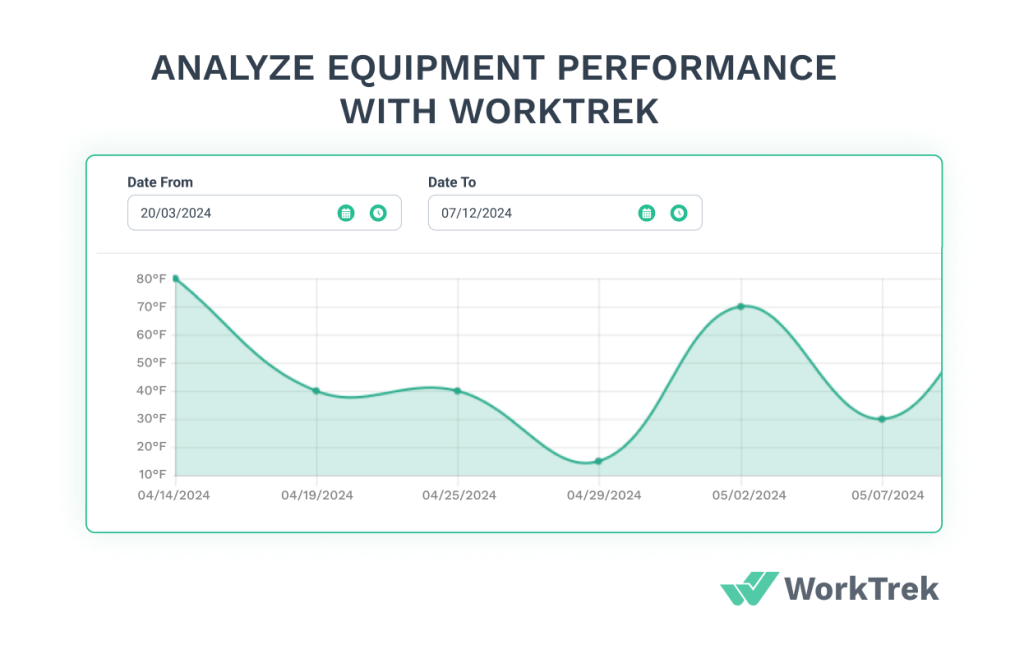
These metrics help demonstrate how effectively assets contribute to organizational objectives.
Maintenance management focuses on operational metrics such as equipment uptime, mean time between failures, and maintenance costs as a percentage of asset value.
The Strategic Approach to Asset Management
Like most maintenance tasks, asset management requires a strategic approach that takes a holistic view of multiple business functions.
Asset management strategy development involves analyzing current asset portfolios, identifying gaps and opportunities, and creating plans that support long-term business success.
It also helps organizations avoid the reactive approach that often leads to costly repairs and unexpected downtime.
Instead, it promotes proactive planning that considers condition monitoring, predictive analytics, and strategic replacement timing.
Modern asset management systems provide the data and analytics needed to support strategic decision-making.
These systems integrate information from various sources, including Computerized Maintenance Management Software (CMMS), financial systems, and operational databases, to provide comprehensive views of asset performance and costs.
Integration of Asset Management and Maintenance
While asset management vs maintenance management represents different approaches, the most successful organizations integrate a hybrid approach.
Asset management provides the strategic framework for making major asset decisions, while maintenance management executes the day-to-day activities needed to keep assets performing effectively.
This integration creates synergies that benefit both asset life optimization and operational efficiency.
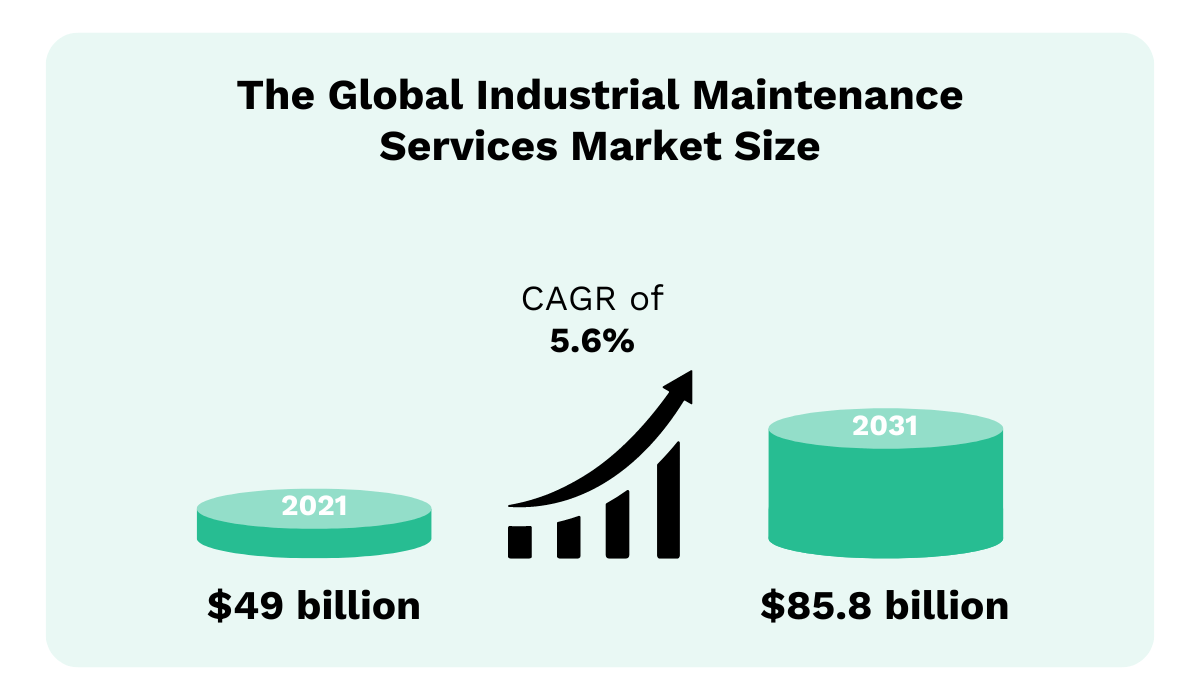
For example, data from maintenance management software can inform asset management decisions about replacement timing and lifecycle planning.
Similarly, strategic asset management decisions influence maintenance strategies and resource allocation.
Technology’s Role in Modern Asset and Maintenance Management
Today’s asset management software and maintenance management systems provide unprecedented capabilities for managing organizational assets.
These technologies enable real-time condition monitoring, predictive analytics, and integrated planning that supports both strategic and operational decision-making.
Asset management systems help managers analyze asset performance across entire portfolios, identifying trends and opportunities that might not be visible at the individual asset level.
These systems can model different scenarios and their impact on organizational objectives, supporting more informed strategic decisions.
Modern CMMS solutions like WorkTrek exemplify how maintenance management software can streamline maintenance processes while supporting broader asset management objectives.
Work Order Automation
WorkTrek CMMS automates work order generation, scheduling, and tracking, enabling maintenance managers to optimize resource allocation and reduce administrative overhead.
Asset and Parts Management
The platform’s comprehensive asset database provides detailed maintenance histories and performance metrics that inform both immediate maintenance decisions and long-term asset management strategies.
Mobile Features
WorkTrek’s mobile capabilities allow maintenance teams to access critical information and update work orders in real-time, improving communication and reducing response times.
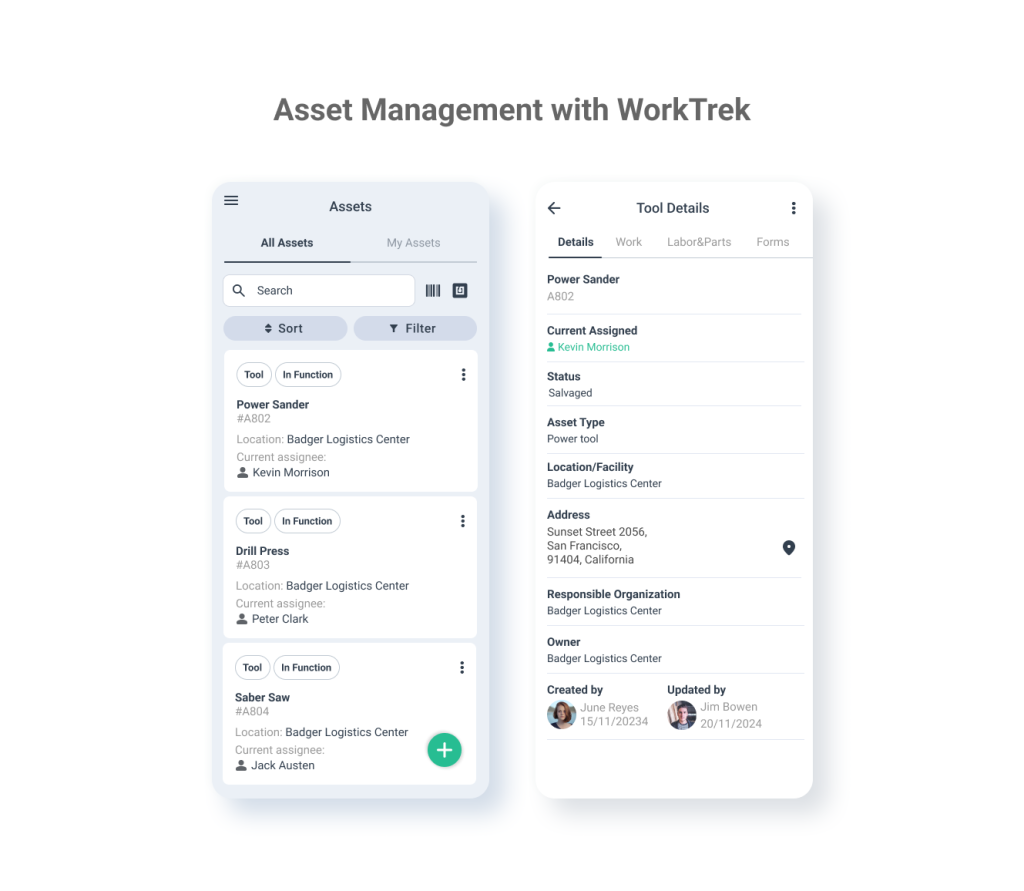
This real-time data flow supports better decision-making at both operational and strategic levels, helping organizations transition from reactive maintenance approaches to more proactive, data-driven strategies.
Reporting and Analytics
The platform’s reporting and analytics features enable organizations to identify maintenance trends, track key performance indicators, and demonstrate the value of maintenance investments to senior leadership. By providing comprehensive visibility into maintenance activities and costs, WorkTrek CMMS helps bridge the gap between day-to-day maintenance operations and strategic asset management planning.
API Integration
Advanced systems like WorkTrek also integrate with condition monitoring equipment to enable predictive maintenance strategies that optimize maintenance timing and reduce costs. This integration supports the evolution from traditional time-based maintenance to condition-based approaches that maximize asset reliability while minimizing unnecessary maintenance activities.
Benefits and Challenges
Organizations that effectively implement both asset management and maintenance management typically see significant benefits, including higher ROI, improved asset reliability, and reduced operational costs. These benefits result from better alignment between asset strategies and business objectives, more efficient maintenance processes, and improved asset performance.
However, implementing these disciplines also presents challenges. Organizations must invest in appropriate systems and technologies, develop necessary skills and capabilities, and create processes that support effective integration between asset management and maintenance functions.
Success requires commitment from leadership, adequate resources, and a culture that values both strategic thinking and operational excellence. Organizations must also ensure that their asset management strategy aligns with broader business objectives and regulatory standards.
Conclusion
The key difference between asset management and maintenance management is important to understand for maintenance professionals.
As this article has described, maintenance management focuses on keeping assets operational and reliable, while asset management takes a broader, more strategic approach to maximizing asset value throughout their useful life.
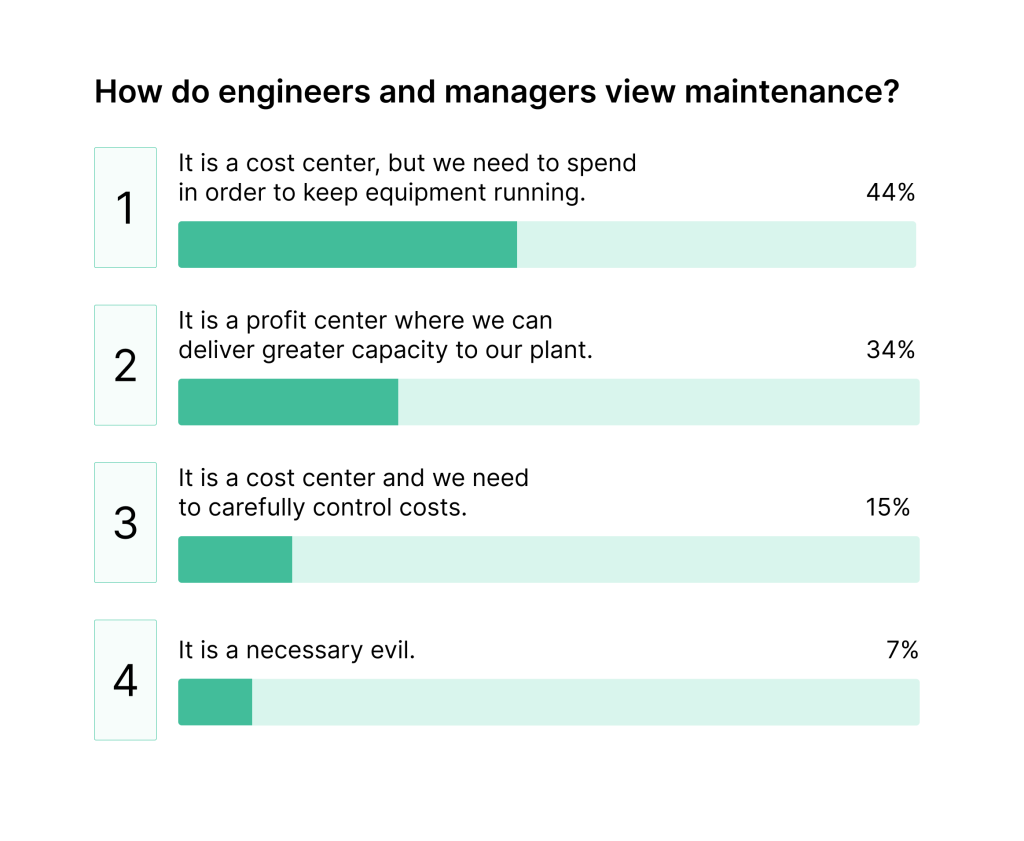
With the evolving technology landscape, the lines between these disciplines may blur, but their fundamental purposes remain distinct.
Asset management will continue to focus on strategic value creation, while maintenance management will concentrate on operational excellence.
Additionally, implementing a CMMS platform will help you to easily manage asset management and maintenance management.










